Mobile phones have come a long way in terms of innovation. Once upon a time, you had to use different gadgets to do different things, but now smartphones can do a variety of things. In the meantime, while having a lot of features in your phone is very attractive, but the fact is that many users do not need a lot of some of these features. Here are six high-profile features in mobile phones that you can probably ignore when buying a phone.
1. 8K video recording

Less than 10 years have passed since the introduction of 4K video recording capabilities for smartphones. For example, we should mention that the Galaxy S5 was the first Samsung phone to hit the market in 2014 with this feature. At the time, 4K video quality was not good at all, and this feature was mainly used for advertising. But now all flagship phones, most mid-range phones and a number of low-cost phones also use 4K video recording.
Such an approach makes sense because many users use giant TVs, and we should also mention the use of 4K content for YouTube. But in terms of 8K resolution, we have to say that the difference is not much compared to 4K, and on the other hand, only a small group of users use 8K TVs. So although manufacturers are maneuvering a lot on this feature, the fact is that the majority of users do not use it, and it seems that this trend will continue for several more years.
- When would it make sense to buy an 8K TV?
۲. 108 megapixel camera
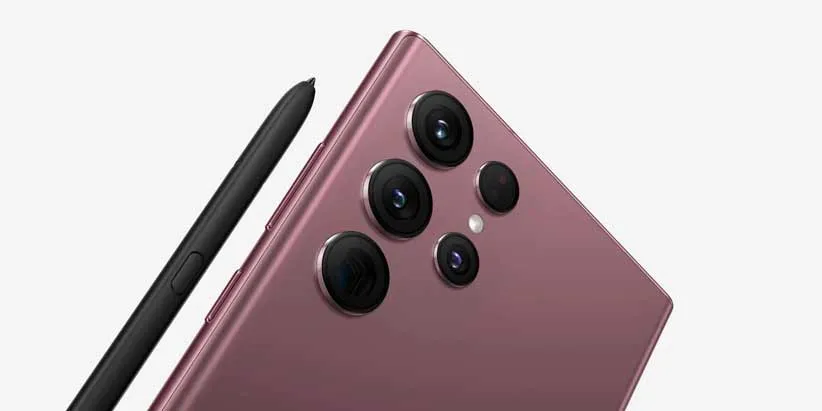
We have raised this issue over and over again in various articles, and once again we must say: higher megapixels do not mean better image quality. Years ago, companies entered the megapixel battle of mobile phone cameras, and this battle continues. Simply put, the higher the megapixel of the camera, the higher the resolution of the camera. This means you will get better digital zoom quality and you will be able to crop photos more easily.
But on the other hand, many phones that have a 108-megapixel camera now also use a powerful zoom camera, which means that such a feature is not used much. It should be noted that the size of the sensor and the size of the pixels are directly related to the image quality. Although 108-megapixel cameras use pixel blending technology to artificially increase the size of the pixels, in the end such a process can not bring the quality of these sensors to the level of giant sensors with lower resolutions. Fortunately, we have recently seen the production of giant 50-megapixel sensors that, thanks to the use of very large pixels, can capture very good photos in low light environments.
- Why is the size of the camera sensor so important?
3. QHD display
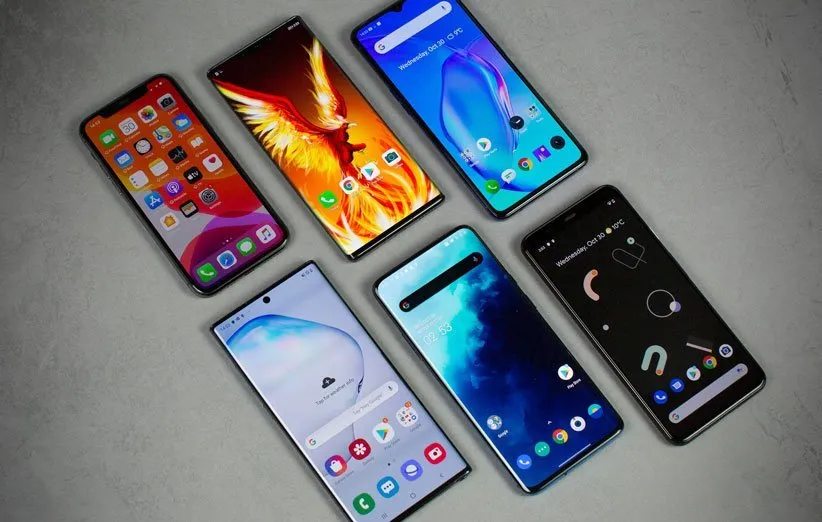
QHD displays have a resolution of 2560 x 1440, which is widely used among flagship phones. Of course, such a resolution has been used for mobile phone screens for many years, and in fact, the history of these screens dates back to 2014. However, the most important problem with these displays is the issue of high power consumption. Specifically, compared to Full HD monitors, QHD monitors discharge an average of 10% more battery power during the day.
Meanwhile, although professional users are well aware of the difference between QHD and Full HD displays, the general public does not notice the difference in their quality. Therefore, it seems that the companies’ insistence on continuing to use QHD displays in flagship phones is largely due to the increase in prices and, consequently, the increase in revenue of these companies.
- What is the difference between a Full HD and a QHD display?
4. Refresh rate 144 Hz
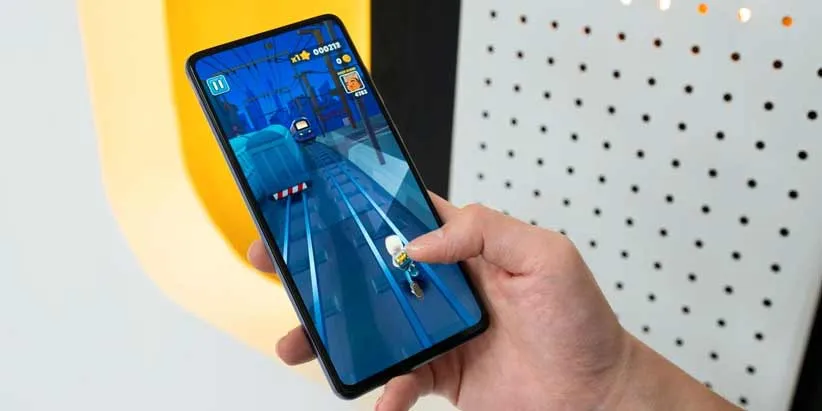
Until a few years ago, all phones used screens based on 60Hz refresh rate. But after the launch of the OnePlus 7 Pro in 2019, the trend towards higher refresh rates has grown significantly. In the meantime, we should mention that the Razr Phone, launched in 2017, is the first phone to be equipped with a 120 Hz display.
By 2020, 120Hz displays were limited to flagship phones and a number of intermediaries. But now even some cheap phones use such refresh rate for their display. This means that in just 2 years, the high refresh rate of the screen has become a pervasive feature among mobile phones. Even phones with 165Hz displays have hit the market, but it should be noted that many users are not able to distinguish between 120Hz displays and 144 or 165Hz.
As you probably know, the higher the screen refresh rate, the more pressure is put on the battery. Also, many games do not even support 120Hz refresh rate. So refresh rates above 120 Hz are a glamorous and largely useless feature that some companies are currently competing with over this issue.
- All about screen refresh rate; What do 60, 90 and 120 Hz mean?
5. 16 GB RAM
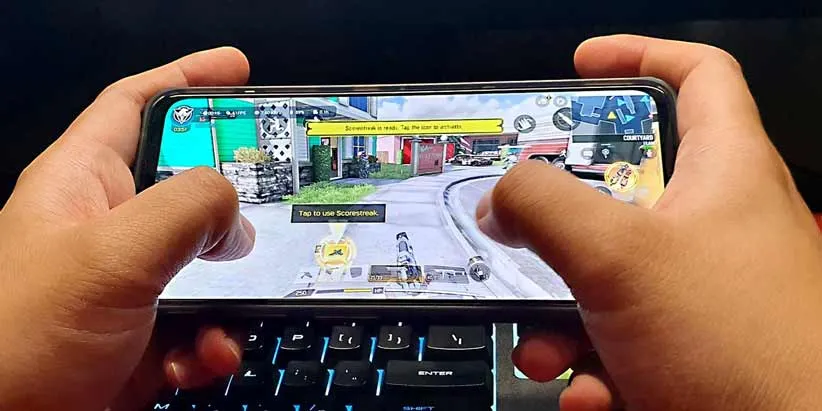
Other noisy but useless features include 16GB of RAM. Although the amount of RAM required depends on the type of users, but in general, many users with 6 GB of RAM will not face any problems. For professional users and gamers, 8 GB of RAM can cover their needs well. If you are one of the users who put a lot of pressure on the battery by playing heavy games and other things, in the worst case, you will encounter 12 GB of RAM with a very good user experience. That’s why 16GB of RAM is just a feature to make noise in advertising and increase the price of the phone.
- How much RAM will Android phones need in 2022?
6. Wireless charging
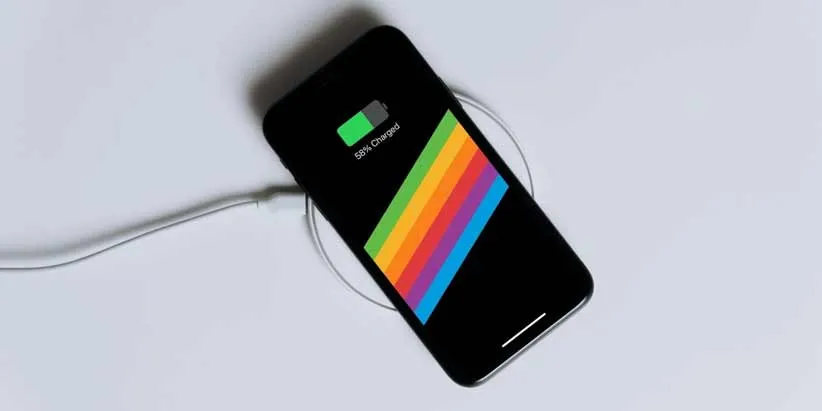
Although different technologies are getting better day by day, wireless charging is one of the technologies that still has many limitations and problems. The most important problem is creating too much heat for the phone. It should be noted that this charging process is not completely wireless either, because you finally have to put your phone on the charging pad. So if you can do that, you will certainly have no problem using wired charging. On the other hand, wired charging is faster and more efficient and also produces less heat. On the other hand, we should mention the high price of wireless chargers, because of all these cases, only a small group of users use wireless charging.
Do not look for glamorous features in vain
Introducing new and exciting features is undoubtedly exciting for many users. But admiring new technologies and becoming the basis for buying a phone are two completely different things. Just because a phone has some advanced features, does not mean that you really need the phone.
Many of the items on this list are likely to become widespread in a few years. But at the moment it is not wise to pay a lot of money to buy phones based on these features. So if you do not need these features like many users, do not be fooled by ads when buying a phone and buy the phone you need.
























































